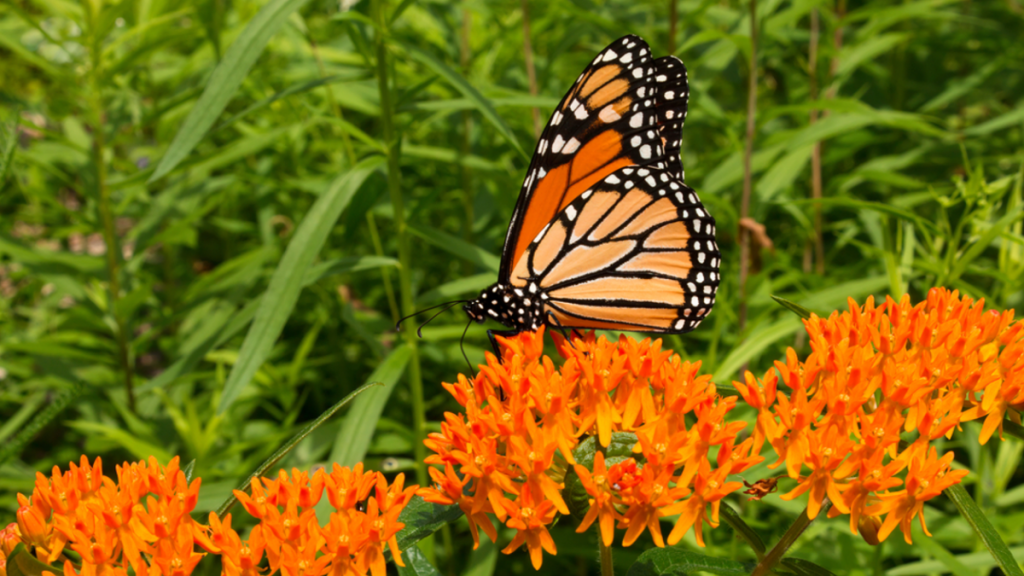Hello, fellow garden enthusiasts, nature lovers, and friends of the environment! Today, we’re going to delve deeper into a topic that’s been blossoming in the world of horticulture and has gardeners across the United States buzzing with excitement. It’s all about the growing trend of planting native species in our gardens.
This isn’t just a passing fad but a significant shift in how we approach gardening. But why is this trend spreading faster than dandelions in springtime? Let’s put on our gardening gloves, grab our trowels, and dig in to uncover the root of this phenomenon!
The Increasing Popularity of Native Plants
Before we delve into the heart of the matter, let’s take a moment to understand what we mean by native plants. In the simplest terms, native plants are those that have evolved in a specific region. They are well adapted to the local soil, climate, and wildlife. From the vibrant California poppy that paints the Golden State’s landscapes orange to the resilient cacti of Arizona that stand tall amidst the desert, native plants are as diverse and unique as the landscapes they inhabit.
The recent surge in their popularity isn’t a random occurrence. It’s a conscious choice made by gardeners who have come to recognize and appreciate the numerous benefits these plants offer. These benefits extend beyond the confines of their gardens, contributing to the overall health of the environment and local ecosystems.
A Lifeline for Local Wildlife
One of the most compelling reasons to plant native species is their integral role in supporting local wildlife. Native plants have co-evolved with local wildlife species, providing essential habitats and food sources for a variety of creatures. These range from the birds filling our mornings with melodious songs, bees busily pollinating our plants, to butterflies adding a splash of color to our gardens, and beneficial insects keeping pests in check.
By planting native species, you’re essentially setting up a buffet for these critters, promoting biodiversity right in your own backyard. It’s like turning your garden into a mini nature reserve!
Lower Maintenance, Higher Rewards
Native plants are very well adapted to the local climate and soil conditions, which means they generally require less maintenance than non-native species. They have evolved to thrive in their native environment, making them more resistant to local pests and diseases.
They are also better adapted to local weather patterns and soil conditions, requiring less water and fertilizer. This not only saves you time, effort, and resources but also contributes to a more sustainable and eco-friendly garden. It’s a win-win situation for both you and the environment.
Celebrating and Preserving Our Natural Heritage
Planting native species is a wonderful way to preserve and celebrate the natural heritage of your region. Each native plant species is a living testament to the unique ecosystems that have shaped the landscapes we call home. They are part of our natural history, carrying stories of the past within their roots and leaves.
By planting these species, we’re keeping these stories alive and allowing them to flourish for future generations. It’s a beautiful way to connect with the natural world and our place within it.
Join the Movement with Garden for Wildlife: A Call to Action
Are you feeling inspired to join the trend and start planting native species in your garden? A fantastic place to start is Garden for Wildlife, an initiative by the National Wildlife Federation.
This organization provides a wealth of resources and guidance on how to create wildlife-friendly gardens using native plants. They offer collections of state-specific native plants, practical tips, inspiring ideas, and a supportive community of fellow gardeners passionate about making a difference in their own backyards.
Sowing Seeds for a Greener Future
The trend of planting native species is more than just a gardening trend—it’s a movement towards more sustainable and wildlife-friendly practices. By choosing native plants for our gardens, we’re not only creating beautiful, vibrant spaces for ourselves to enjoy, but we’re also contributing to healthier ecosystems and a greener future.
It’s a small step we can take that has a big impact. So, why not give it a try? Your local wildlife—and your garden—will thank you! And who knows, you might just inspire your neighbors to do the same, creating a ripple effect that benefits your entire community.




